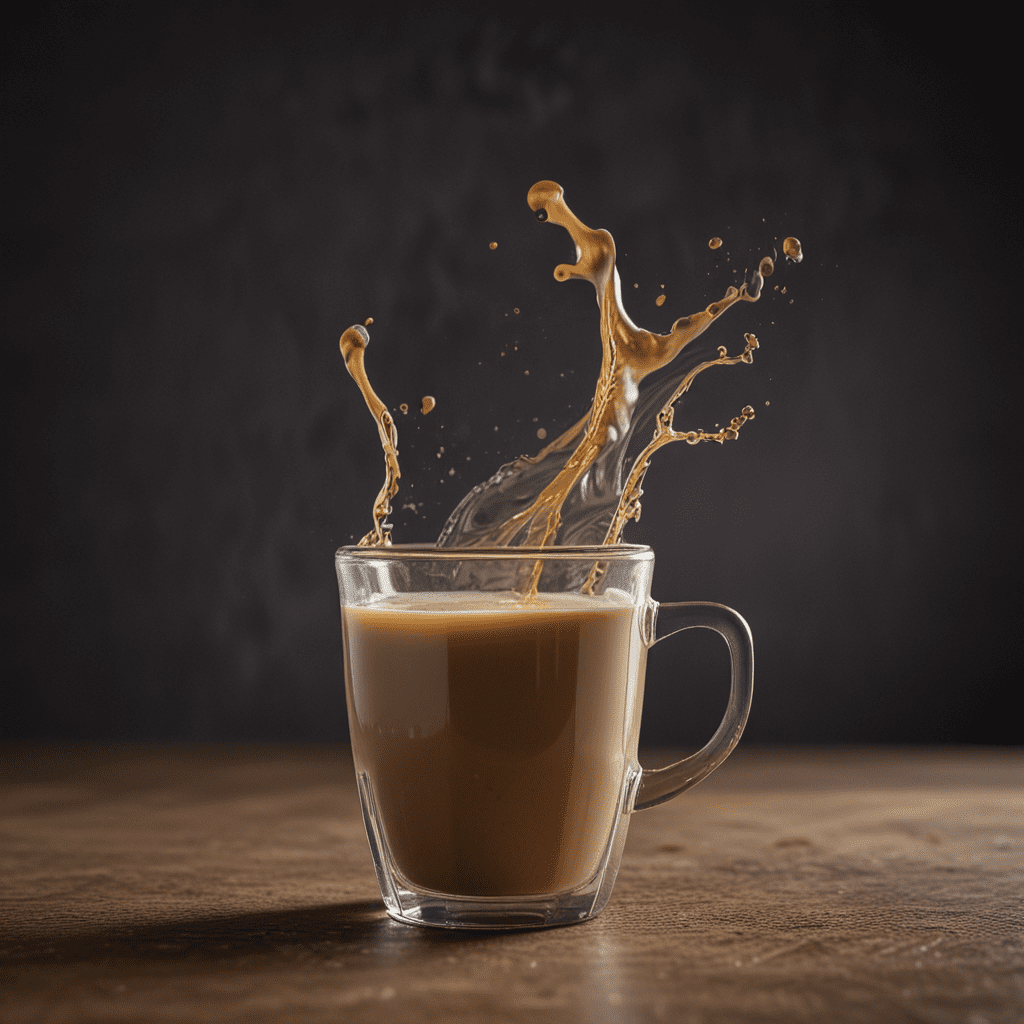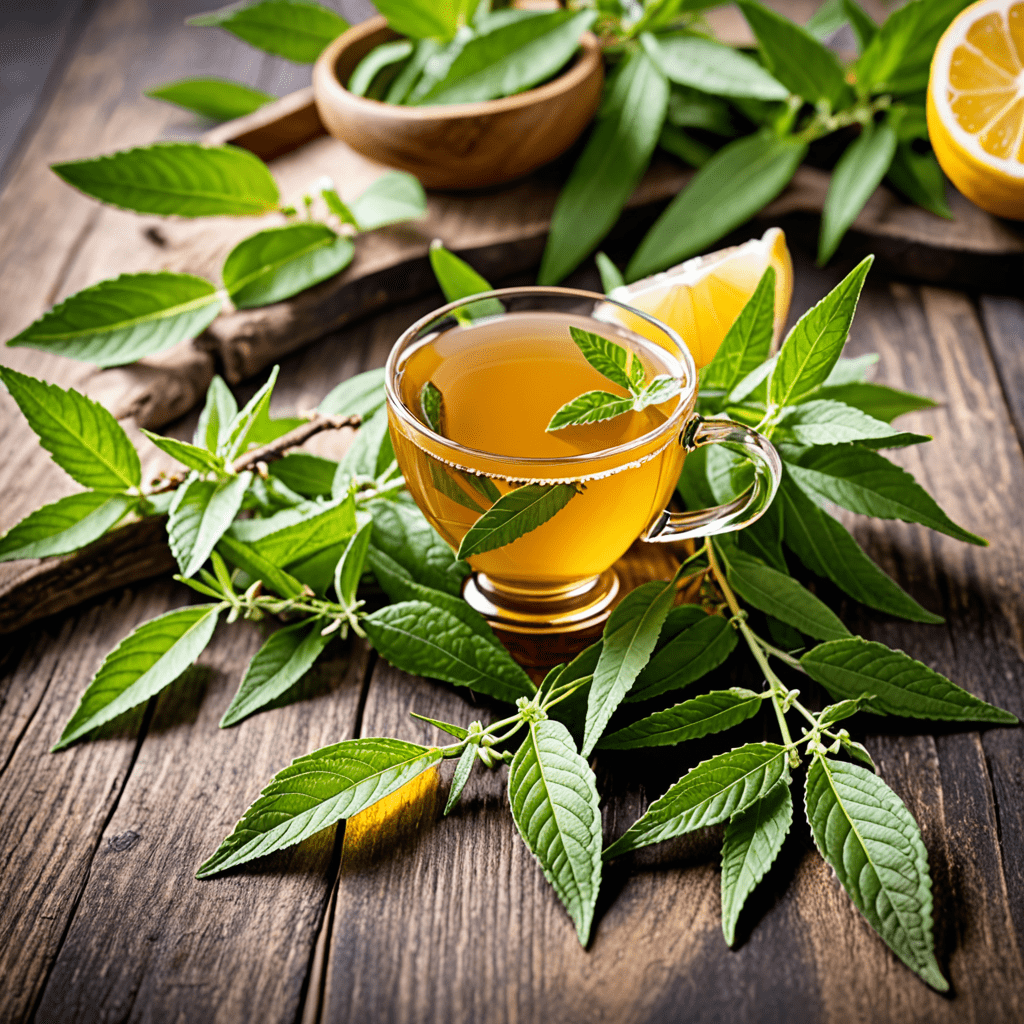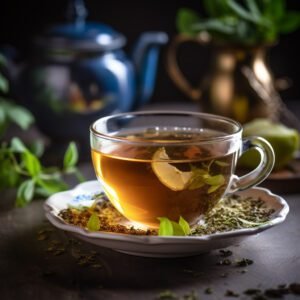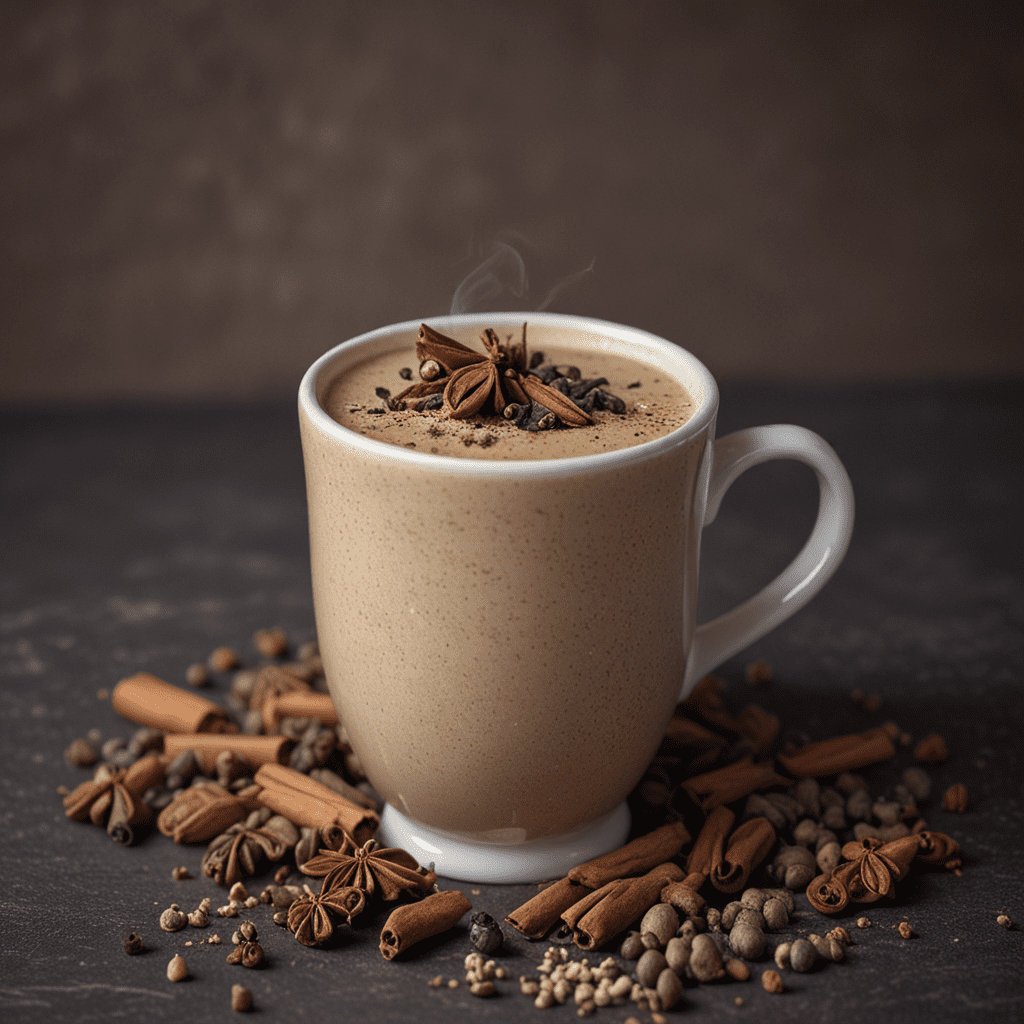Introduction: Chai Tea, a Culinary Masterpiece
Chai tea, a mesmerizing blend of aromatic spices and rich tea, has captivated tea enthusiasts worldwide. Its origins trace back to ancient Ayurvedic traditions, where it was revered for its medicinal properties. Today, chai tea stands as a culinary masterpiece, cherished for its captivating aroma and symphony of flavors.
History and Origin: From Ancient Roots to Global Embrace
The genesis of chai tea lies in the heart of ancient India, where it was initially concocted as a traditional Ayurvedic beverage known as "kadha." These early iterations were infused with a myriad of spices and herbs, each carrying unique therapeutic benefits. Over time, chai tea evolved into a widely consumed beverage, spreading its aromatic embrace across the globe.
Crafting the Perfect Blend: Selecting and Balancing Spices
The essence of chai tea lies in the meticulous selection and harmonious balance of spices. Traditional blends often incorporate a captivating array of spices, including cardamom, cinnamon, ginger, cloves, and black pepper. The proportions of each spice can vary, allowing for a customizable flavor profile. Each spice contributes a distinctive element to the symphony of flavors, creating a mesmerizing and well-rounded experience.
Choosing the Right Base: Black, Green, or Masala Tea
The foundation of chai tea is the choice of tea base. Traditionally, black tea is the preferred choice, offering a robust and full-bodied flavor that complements the spices. However, variations exist, such as using green tea for a lighter and more refreshing twist or masala tea, a blend of black tea and spices, for a more intense flavor.
Preparation Methods: Traditional Stovetop to Modern Appliances
Brewing chai tea is an art form that can be approached in various ways. The traditional method involves simmering the tea and spices in a pot on the stovetop. This technique allows for greater control over the blending process and a more personalized flavor profile. Modern appliances, such as French presses and electric kettles, offer convenience and ease of preparation.
6. The Alchemy of Milk and Sweeteners: Enhancing Flavor and Texture
The addition of milk to chai tea is a customary practice that transforms its character. Milk mellows the intensity of the spices and creates a velvety texture. The choice of milk is a matter of personal preference, with options ranging from whole milk to plant-based alternatives like almond or oat milk. Sweeteners, such as sugar or honey, further enhance the flavor by balancing the spiciness and adding a touch of indulgence.
7. Chai Tea Rituals: A Window into Cultural Traditions
Chai tea has deeply entwined itself with the cultural fabric of various societies. In India, chai is an integral part of daily life, often served as a morning or evening beverage. In the Middle East, chai is a symbol of hospitality and is traditionally prepared in a samovar, a large metal teapot. Chai tea rituals vary from region to region, offering a glimpse into diverse cultural practices.
8. Exploring Variations: From Spicy to Savory
The adaptability of chai tea allows for endless variations, catering to different palates and preferences. Spicy chai blends often incorporate additional warming spices like cayenne or nutmeg. Savory chai blends introduce unique ingredients like ginger and garlic, creating a tantalizing balance of flavors. Experimenting with different spices and ingredients encourages culinary exploration and the discovery of unique chai tea experiences.
9. Health Benefits: Antioxidants, Digestion, and More
Beyond its delightful taste, chai tea is also attributed with various health benefits. The blend of spices is rich in antioxidants, which may help combat oxidative stress and promote overall well-being. Ginger, a common ingredient in chai tea, is known for its digestive properties, aiding in the relief of nausea and indigestion. Studies suggest that chai tea may also enhance cognitive function and boost the immune system.
10. Tips and Tricks for Brewing the Ultimate Chai Tea
Mastering the art of brewing chai tea lies in attention to detail and experimentation. Here are some tips to elevate your chai tea experience:
- Use freshly ground spices for optimal flavor release.
- Simmer the chai tea on low heat to prevent bitterness.
- Allow the chai tea to steep for an extended period for a more intense flavor.
- Experiment with different proportions of spices and sweeteners to create a personalized blend.
- Serve the chai tea hot and enjoy its comforting embrace.
FAQs about Chai Tea
- What is the difference between chai tea and masala chai?
Masala chai is a specific type of chai tea that includes a blend of spices, typically including cardamom, cinnamon, ginger, cloves, and black pepper. Chai tea, on the other hand, refers to a wider range of tea variations that may include different combinations of spices.
- Is chai tea caffeinated?
Yes, chai tea is caffeinated as it is brewed using black tea, which contains caffeine.
- How can I make chai tea without milk?
Chai tea can be made without milk by replacing it with water or a plant-based alternative, such as almond or oat milk.
- What are the health benefits of chai tea?
Chai tea is rich in antioxidants and may have various health benefits, including aiding digestion, boosting the immune system, and enhancing cognitive function.
- How should I store chai tea?
Store chai tea in an airtight container at room temperature. The spices in chai tea can lose their flavor over time, so it is best to consume it within a few weeks of brewing.



